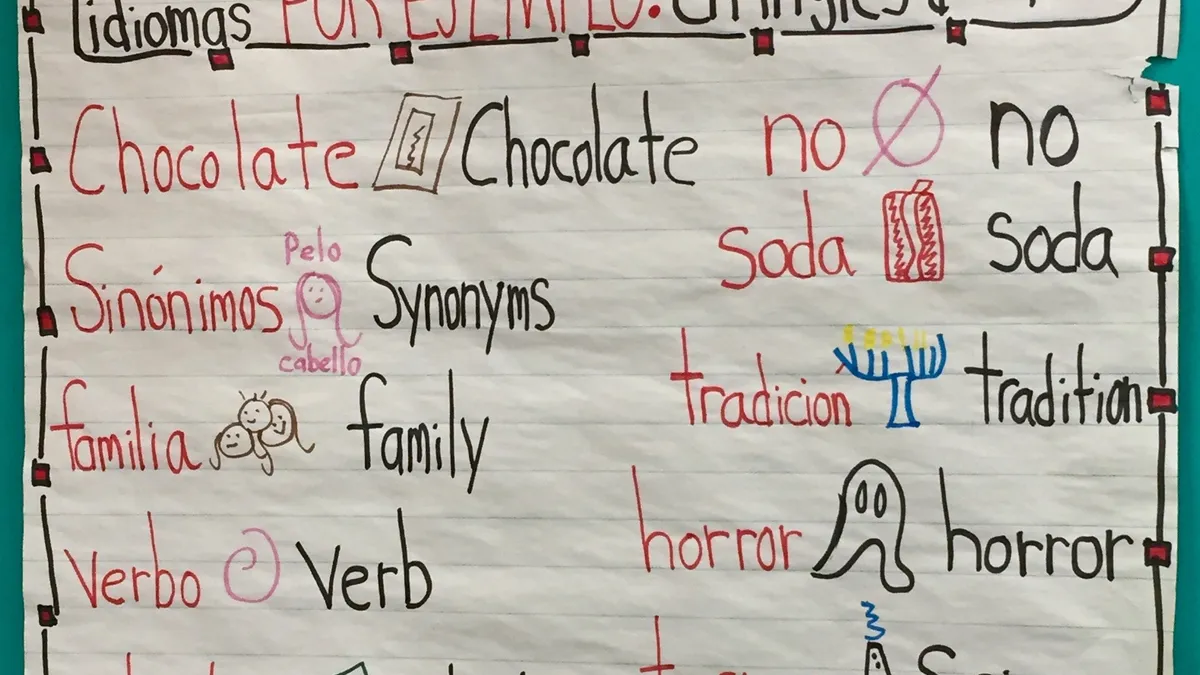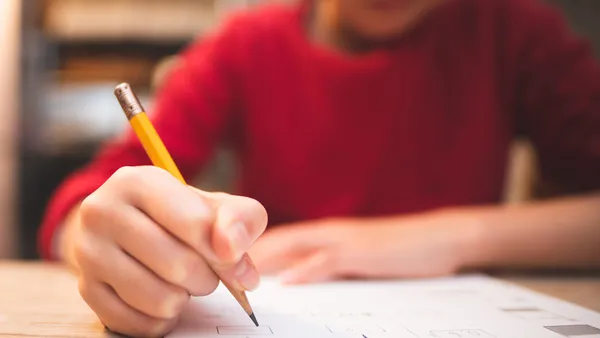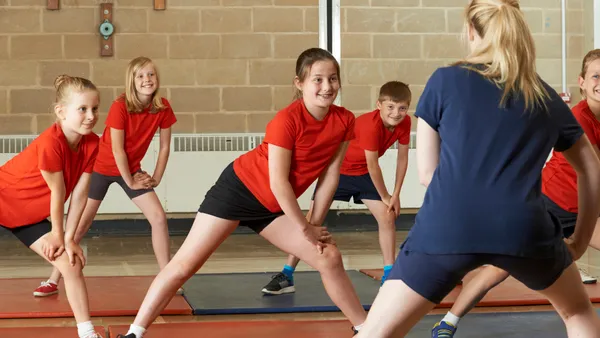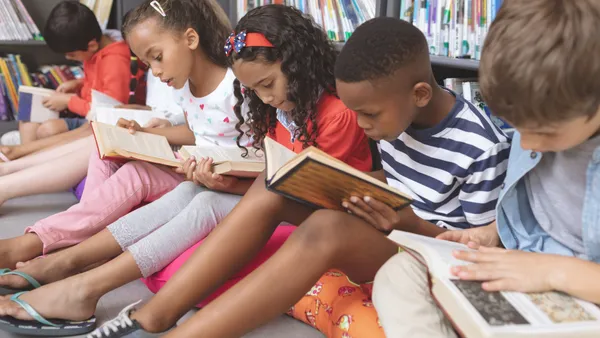Jeannette Acevedo-Isenberg is head of school for the Downtown Doral Charter Schools in Miami, Florida.
Our world is more multilingual and multicultural than ever before. Studies show that the earlier a child is exposed to a second language, the greater the likelihood he or she will gain proficiency. Recent studies also show that students in bilingual education programs outperform their peers in attention and reading. In one study covering six states and 37 districts, the researchers found that, compared with students in English-only classrooms or in one-way immersion, dual-language students have higher test scores and also seem to be happier in school. Attendance is better, behavioral problems are fewer, and parent involvement is higher.
Bilingualism broadens a child’s cognitive control, allowing for improvements in subjects like science, enhancements in problem-solving skills and increases in spatial abilities. Bilingual education paves a way for a child's future, providing better employment opportunities and preparing them for life in our diverse society.
Bilingual education is the instruction of two languages and the use of both as mediums for all curriculum. For example, at Downtown Doral Charter School in Miami, Florida, students have a choice of two tracks: Spanish or Portuguese. When developing a bilingual curriculum, it is essential to include language, grammar, reading and writing instruction. However, to achieve true bilingualism, students must also receive foreign language instruction in math, science and social studies. Including the study of culture, traditions and customs is vital in helping students understand the origin of the language.
Hands-on experiences, virtual field trips and relationships with foreign ambassadors can also enhance a bilingual program by creating a more tangible representation of the culture and language. In addition, joining community partners for sponsored events, subscribing to cultural organizations and attending cultural events are a few of the many avenues that can be explored when partnering with other countries.
Through our experience working with the Brazilian consulate’s office and the Centro Cultural de Brazil, we have been able to provide students with cultural experiences that have enriched their understanding of the foreign language. For example, student exchange programs coordinated with Brazil offer students a hands-on experience of the educational system of the foreign country. It also offers the students the opportunity to taste the food, participate in the cultural festivals, and speak the language. It is also important to work with other governments to set a curriculum that is mutually beneficial in each country, as it awards the students the opportunity to receive a degree from each country upon graduation.
Schools across the country should recognize the importance of bilingual education and strive to be a place where students can fully comprehend and enjoy the languages they are studying.











